This paperback serves as an extension of Adam Pendleton’s 2009 exhibition and performance series entitled EL T D K Amsterdam. It consists of excerpted texts and images integral to Pendleton’s practice at the time of the exhibition. Sources include Joan Retallack’s The Poethical Wager, Jena Osman, Edward Sapir, Ron Silliman, Tan Lin, Jean-Luc Godard, Leslie Scalapino, Amiri Baraka/Leroi Jones and Hugo Ball, and the artist’s own writings.
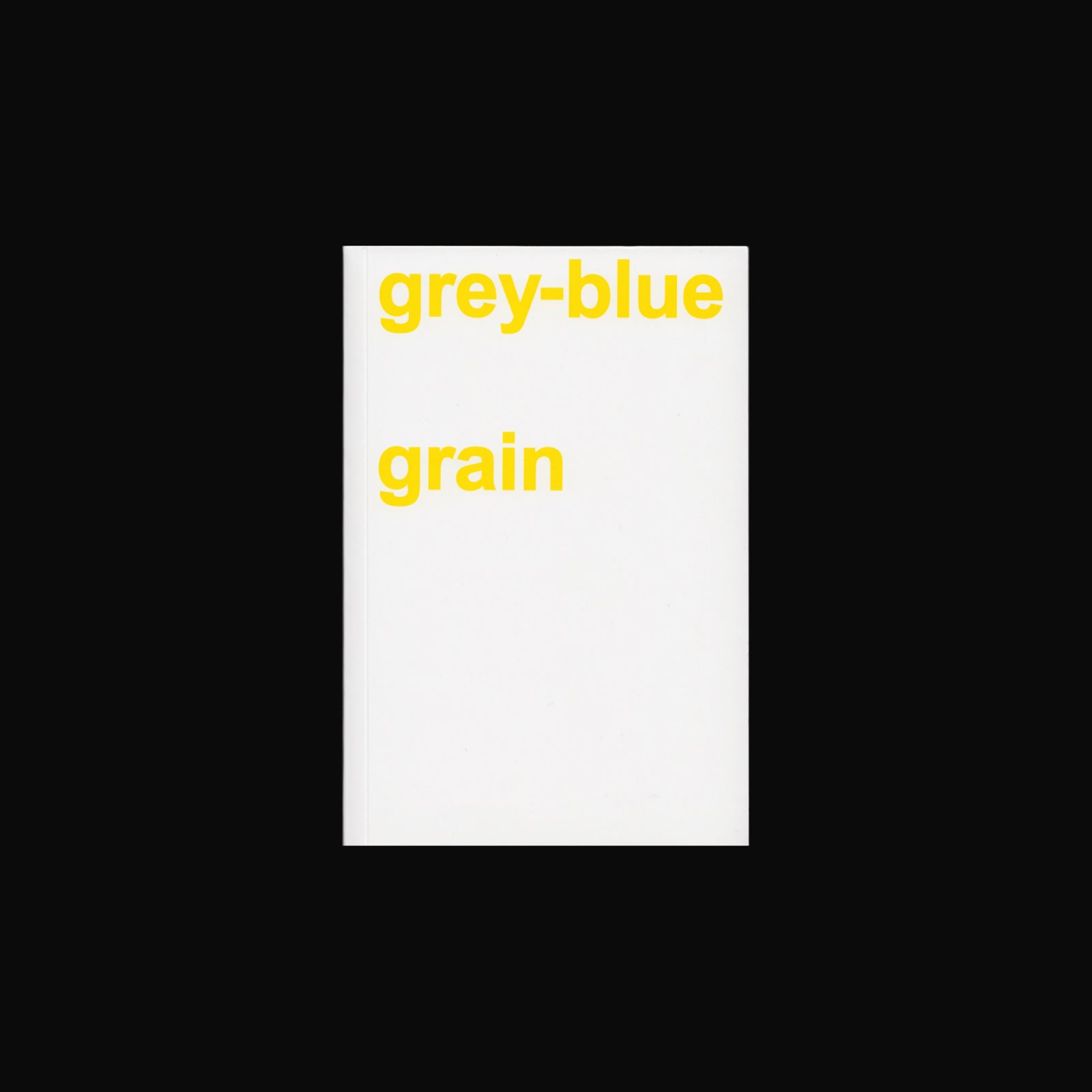
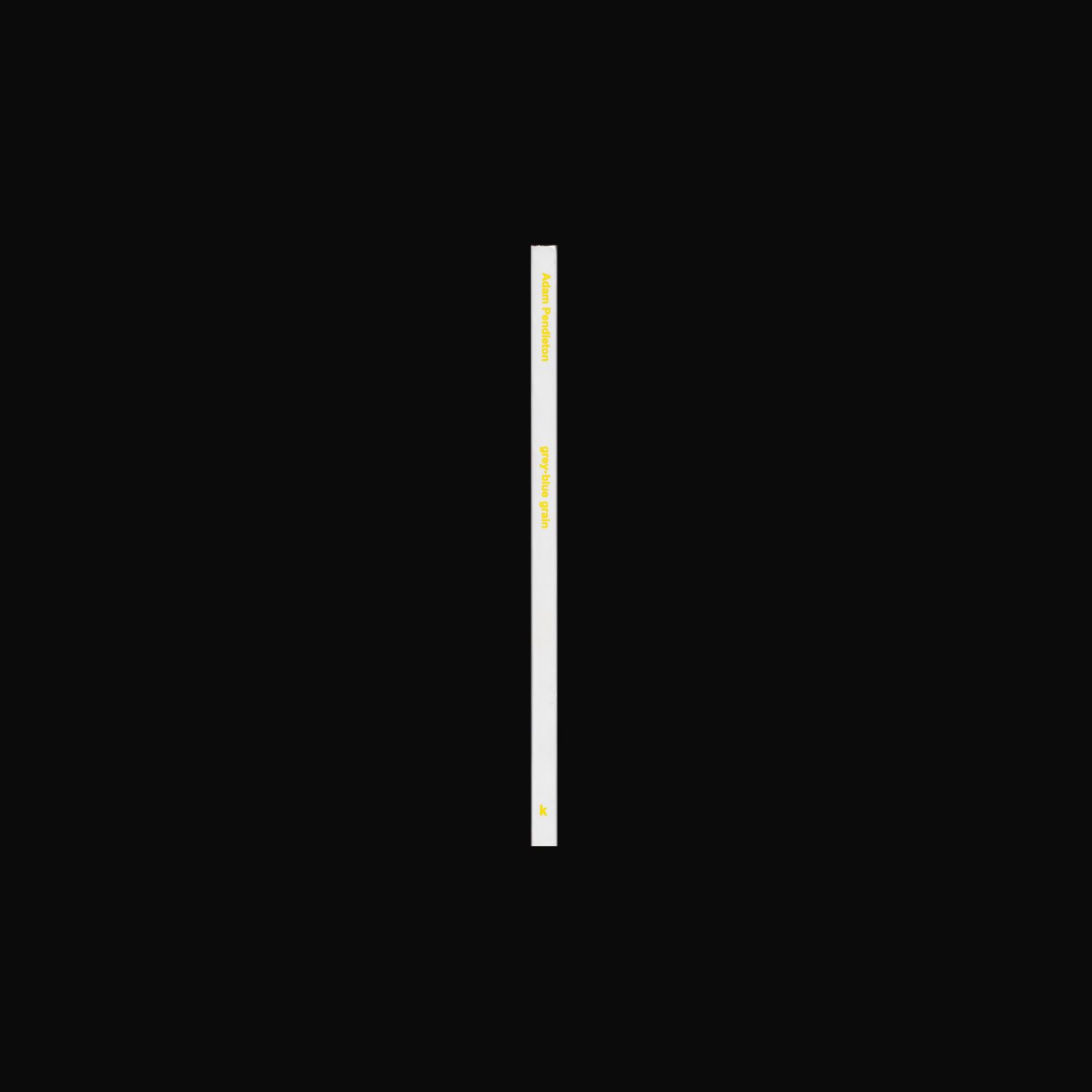
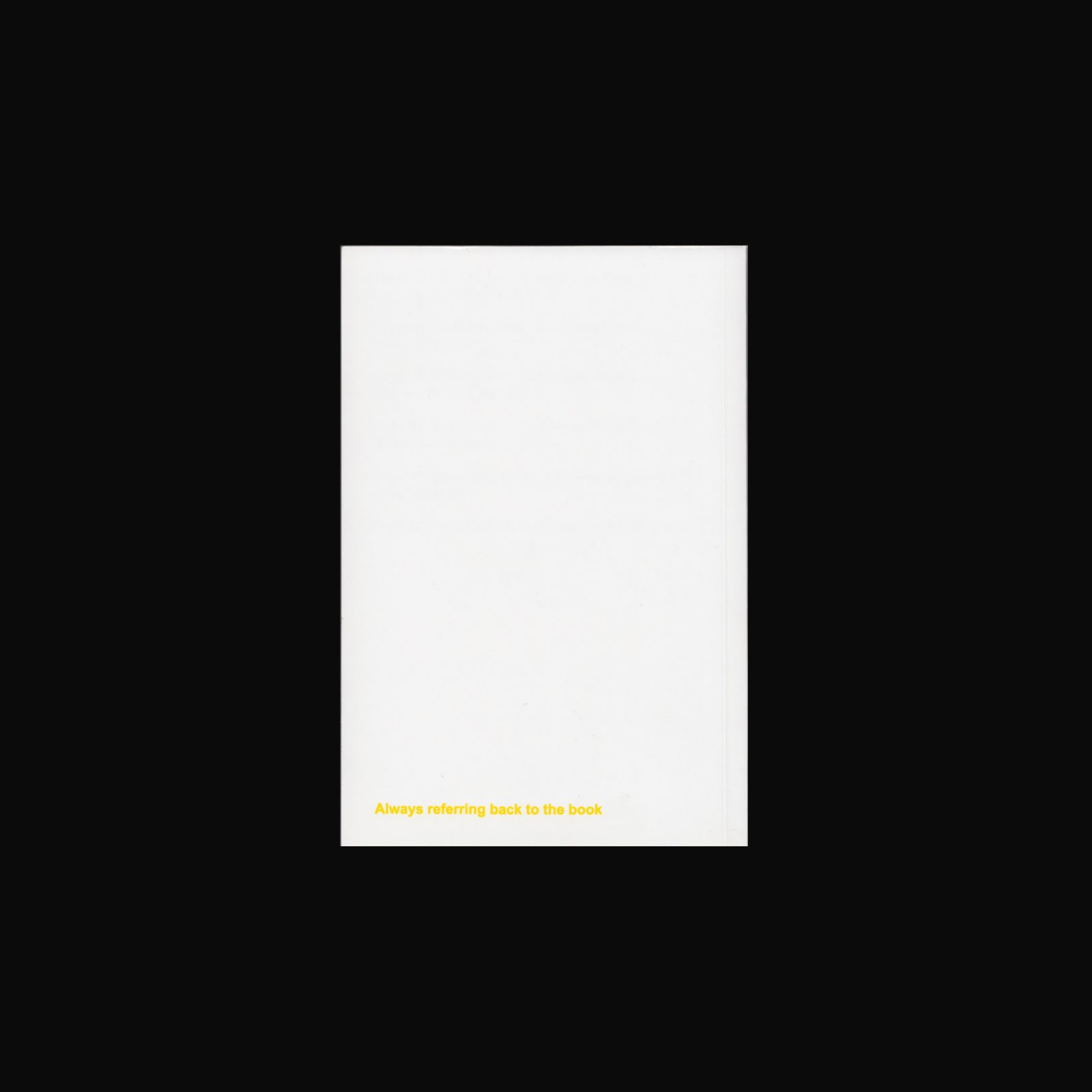
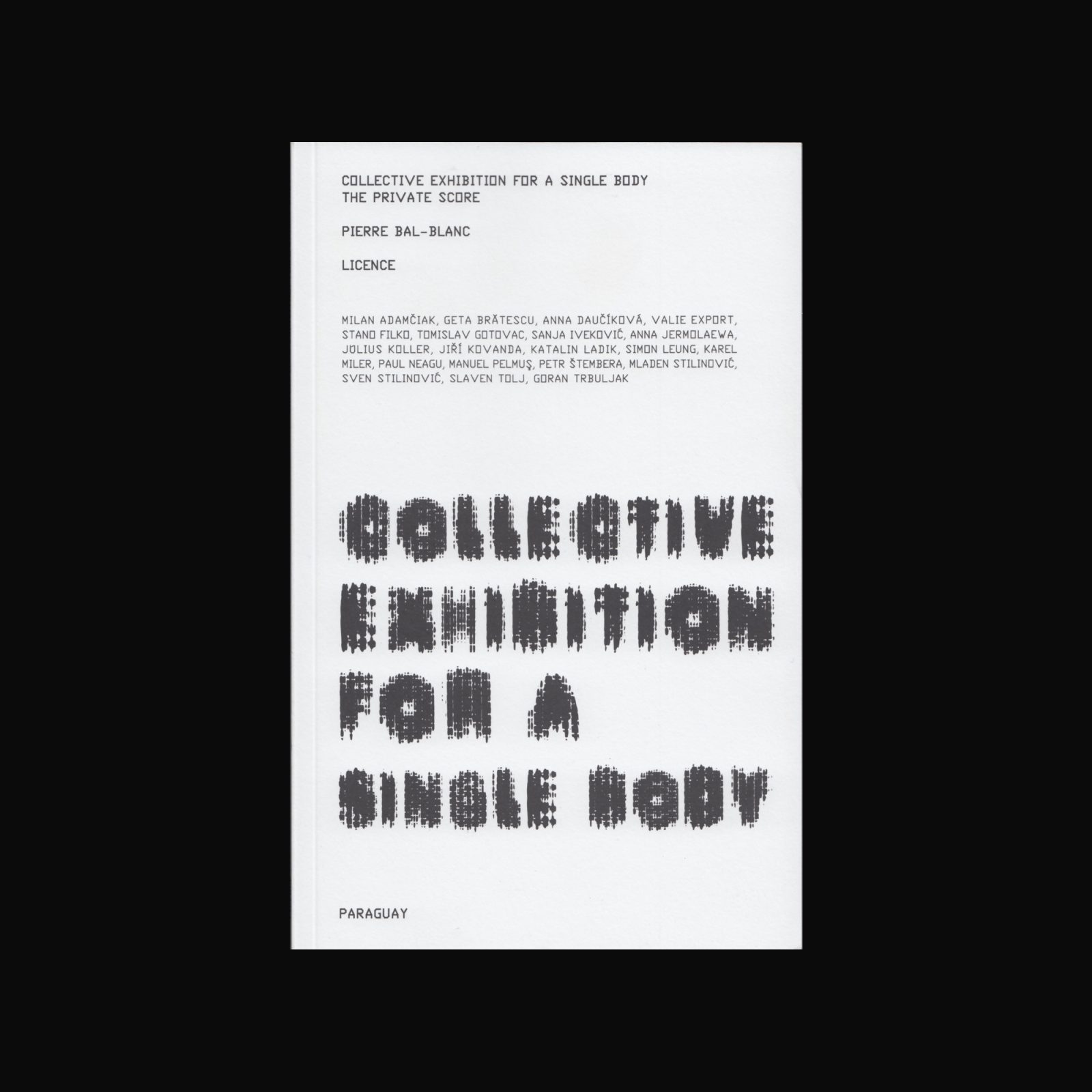
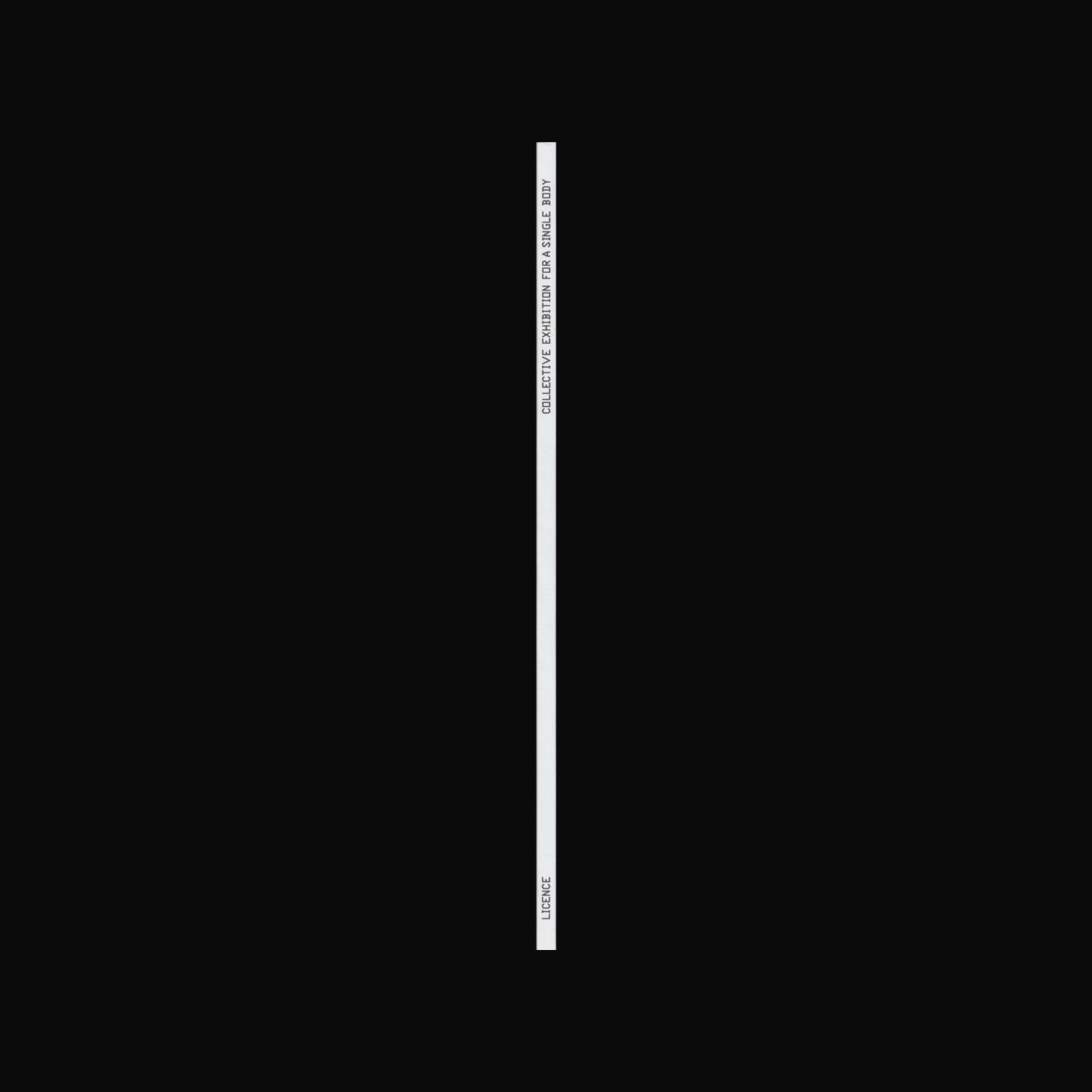
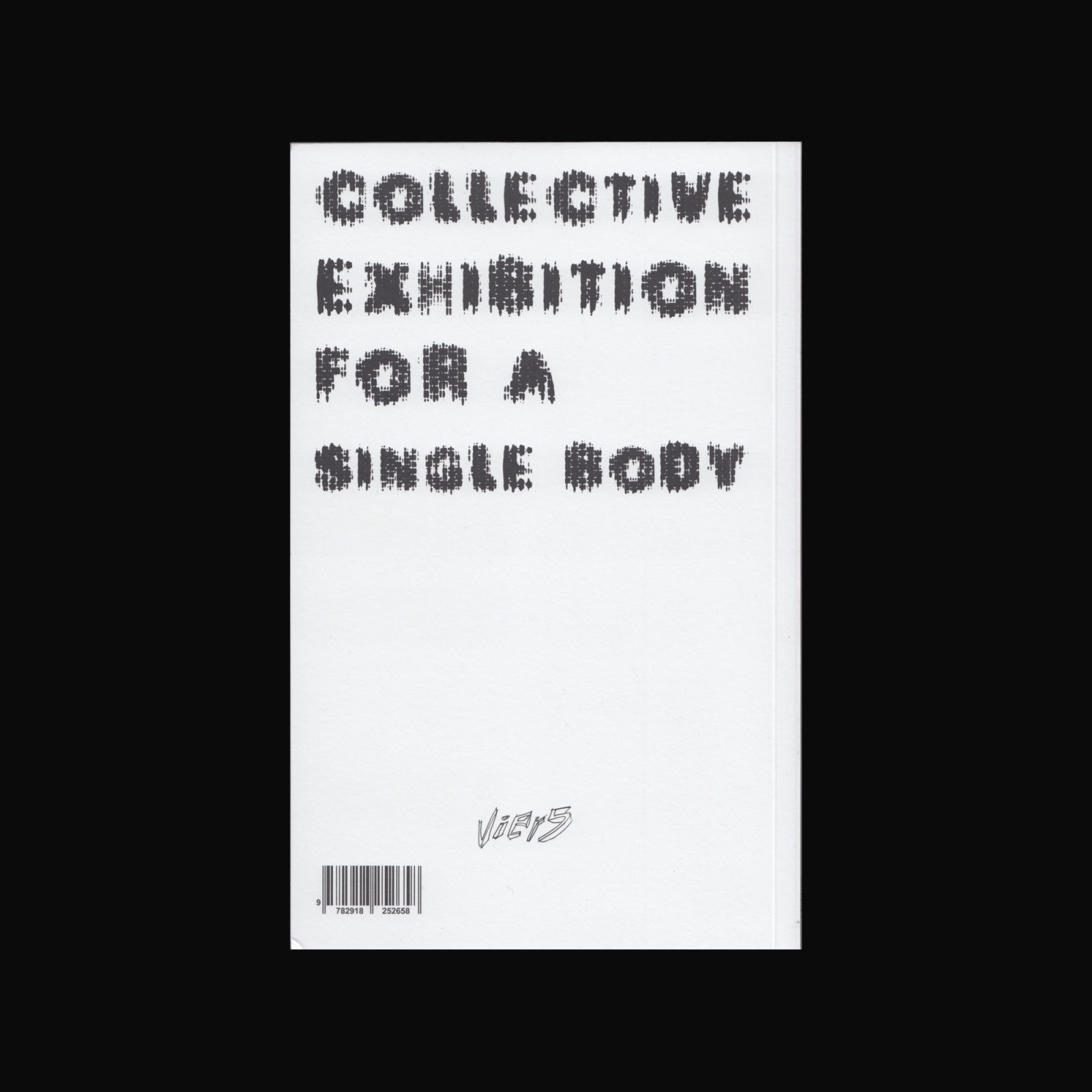
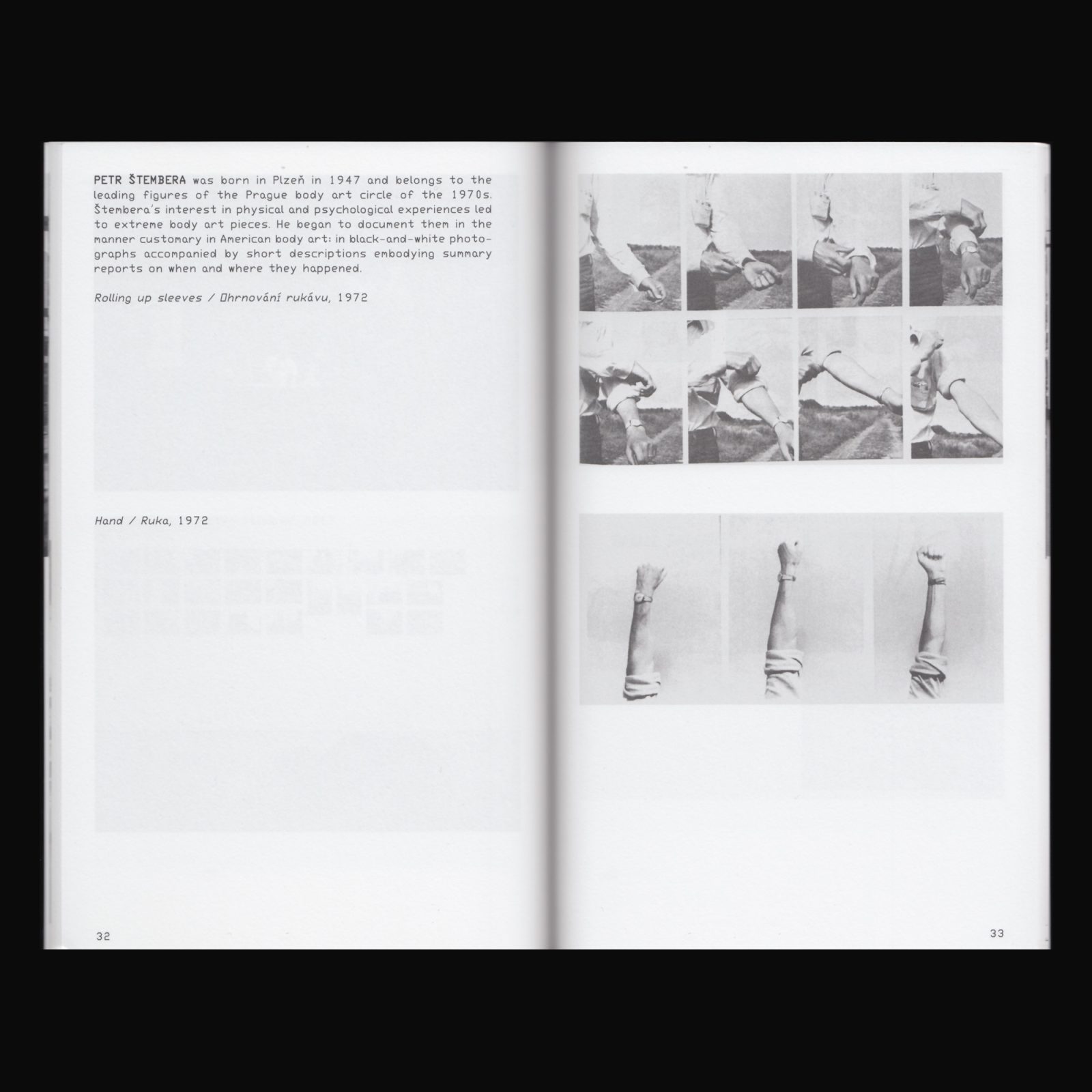
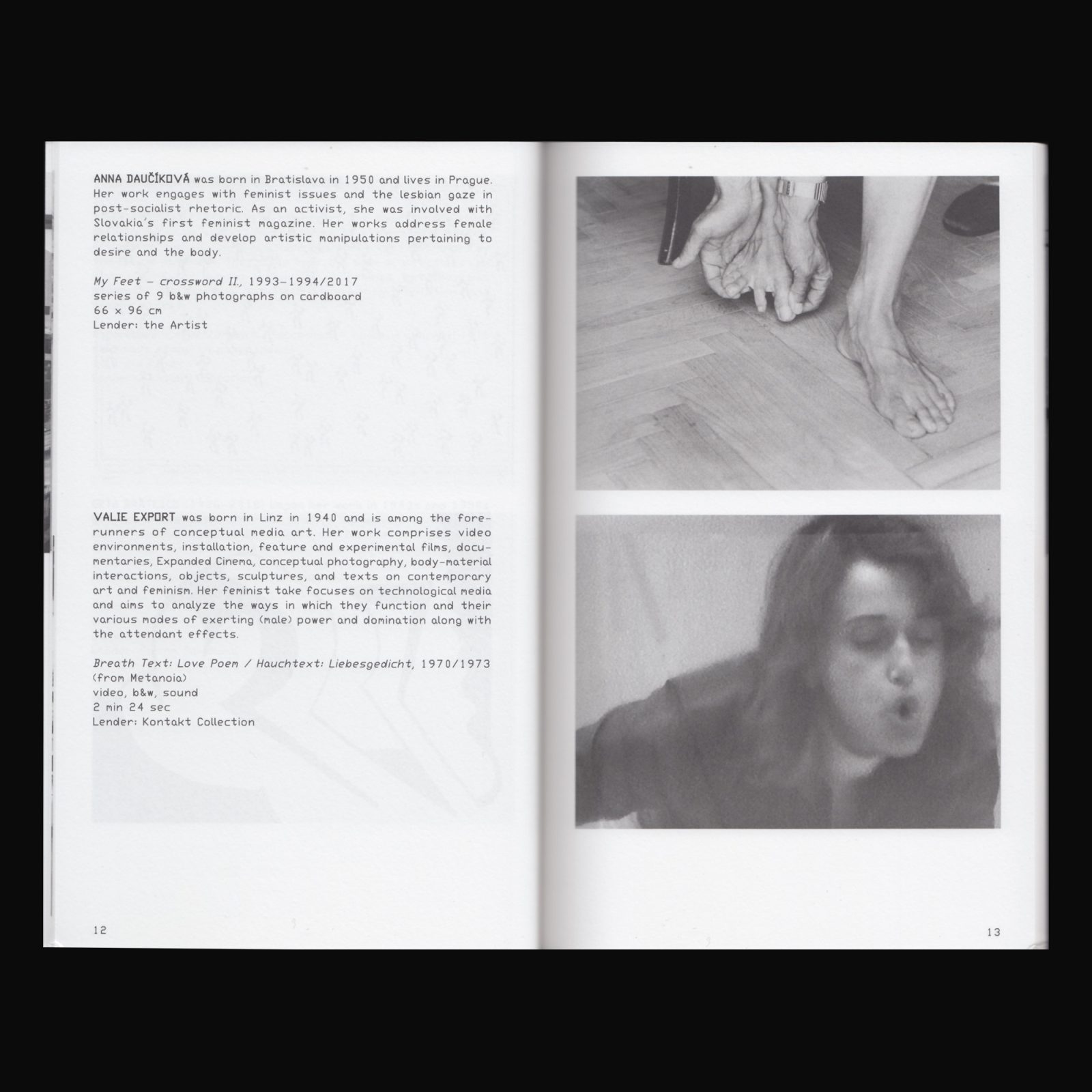
A score of performative gestures, drawn from the conceptual art and body art scenes from Central and Eastern Europe in the 1970s and 1980s.
Published on the occasion of the exhibition Exposition collective pour un corps individuel – La partition privée at gb agency, Paris, from the October 12 to November 5, 2019, and the Playground Festival, Leuven, from November 14–17, 2019.
With works by Milan Adamčiak, Geta Brătescu, Anna Daučíková, Valie Export, Stano Filko, Tomislav Gotovac, Sanja Iveković, Anna Jermolaewa, Július Koller, Jiří Kovanda, Katalin Ladik, Simon Leung, Karel Miler, Paul Neagu, Manuel Pelmuş, Petr Štembera, Mladen Stilinović, Sven Stilinović, Slaven Tolj, Goran Trbuljak.
More information on the project can be found here.
Designed by Vier5.
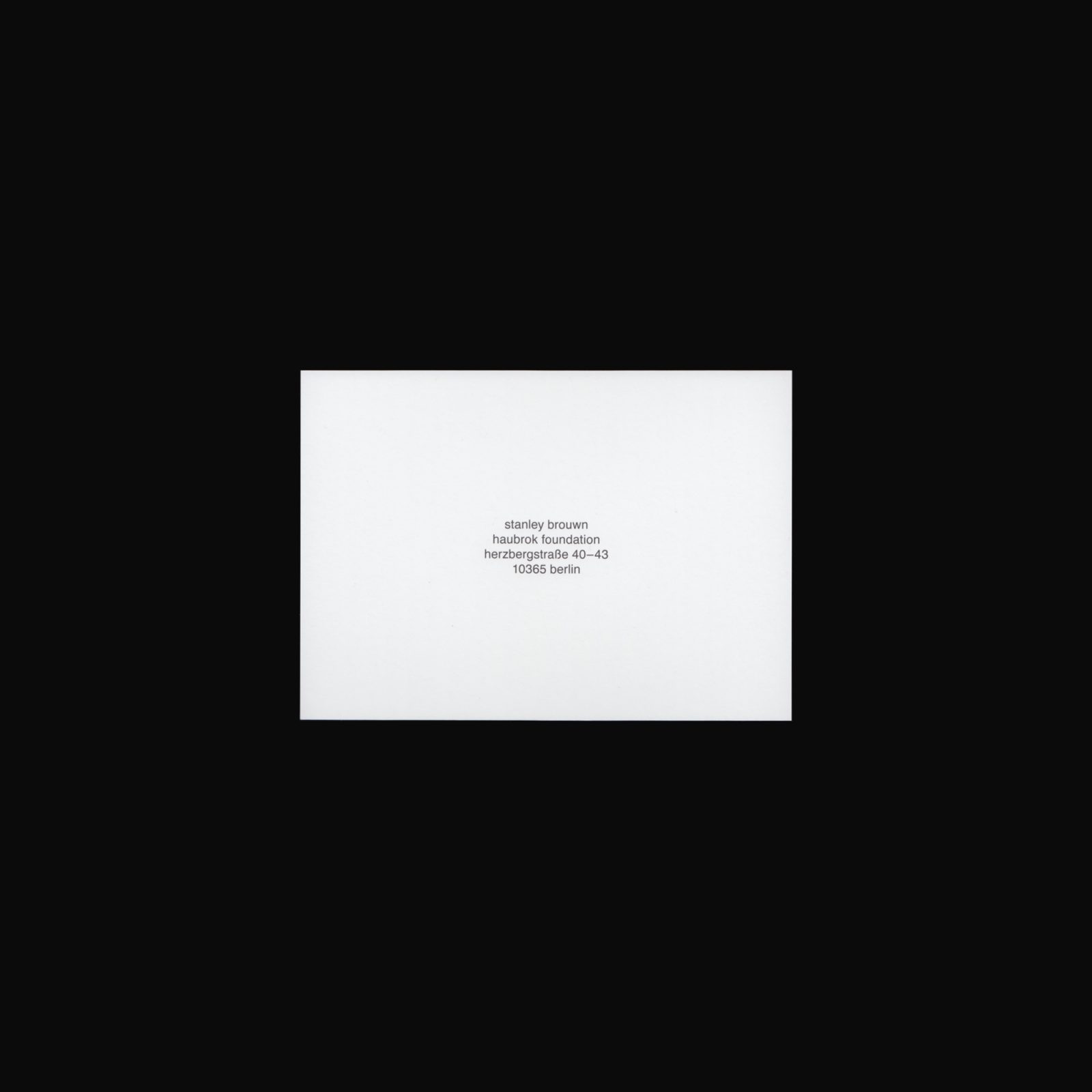

“Behind the standards put in place for the communication related to his exhibitions—the use of lowercase and Helvetica exclusively, the refusal to reproduce images of his work, to produce (or allow production of) written commentary on the subject of the same work, to appear in the context of a vernissage or even to answer an interview—the artist stanley brouwn builds his identity by way of ellipses. The invitation cards for his solo exhibitions provide a symptomatic example: set almost exclusively in Helvetica, the absence of uppercase, flying in the face of the graphic identity of the gallery or the host institution, they seem impossible to date, give or take twenty years”—Céline Chazalviel, Revue Faire –To look at things #4, 2017
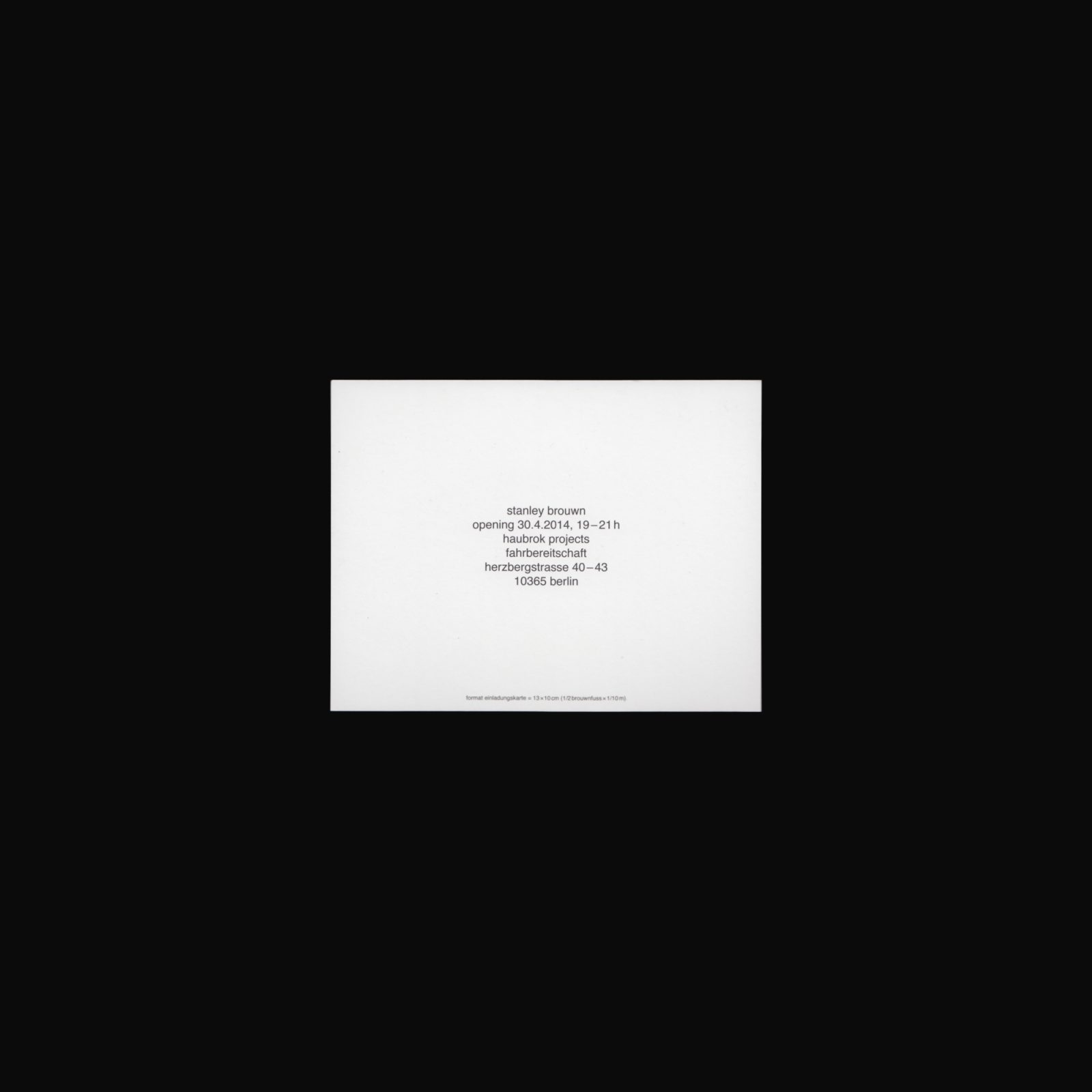

“Behind the standards put in place for the communication related to his exhibitions—the use of lowercase and Helvetica exclusively, the refusal to reproduce images of his work, to produce (or allow production of) written commentary on the subject of the same work, to appear in the context of a vernissage or even to answer an interview—the artist stanley brouwn builds his identity by way of ellipses. The invitation cards for his solo exhibitions provide a symptomatic example: set almost exclusively in Helvetica, the absence of uppercase, flying in the face of the graphic identity of the gallery or the host institution, they seem impossible to date, give or take twenty years”—Céline Chazalviel, Revue Faire –To look at things #4, 2017
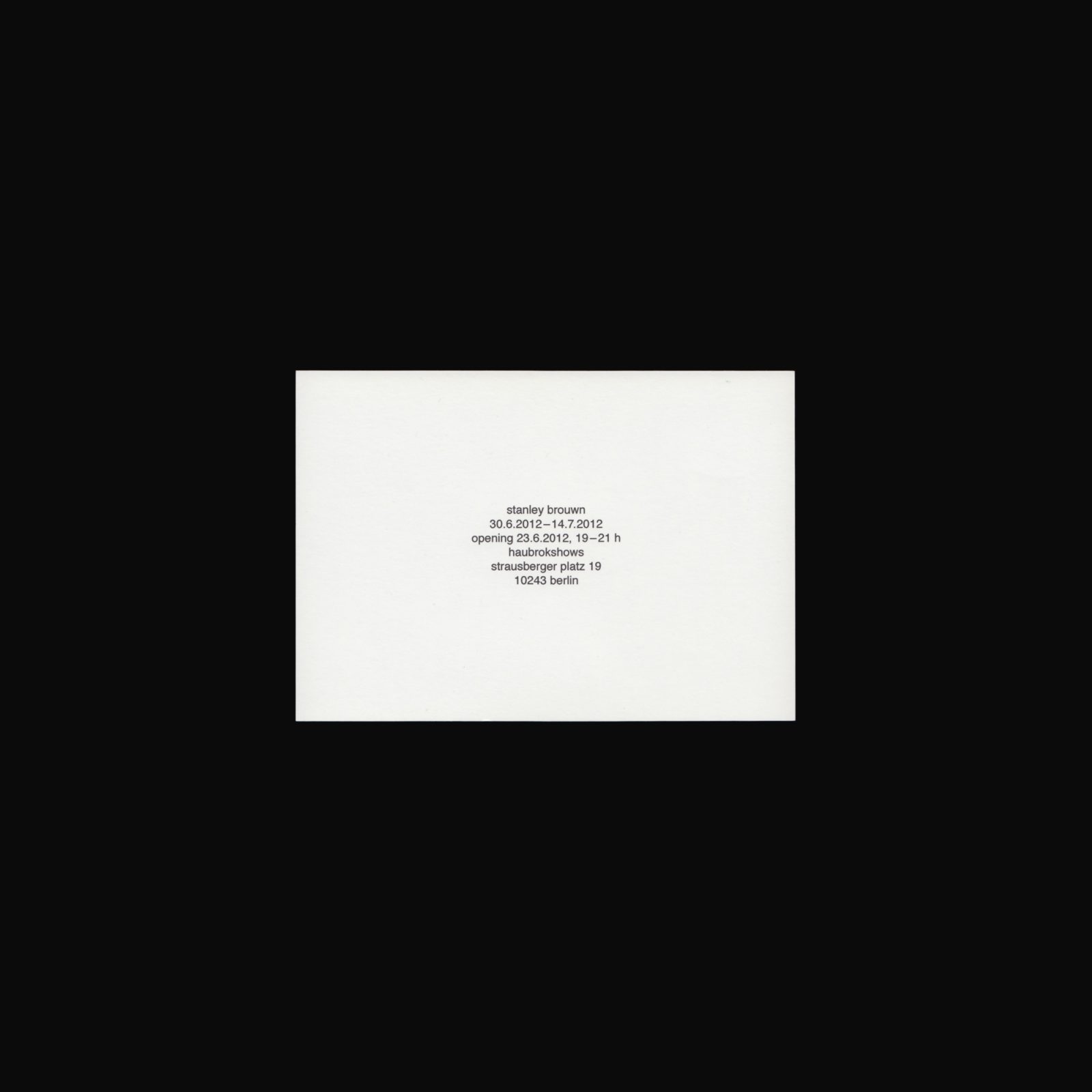
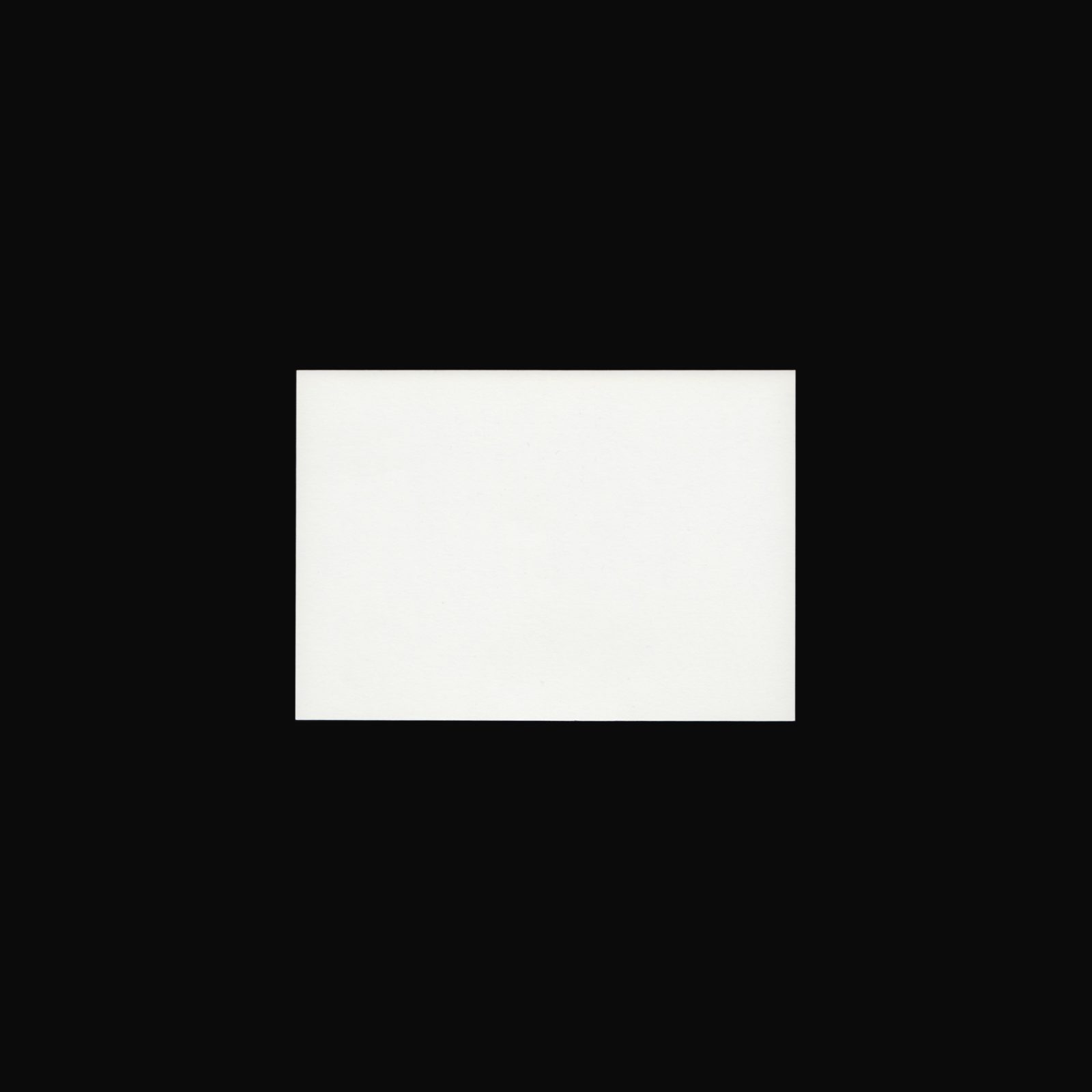
“Behind the standards put in place for the communication related to his exhibitions—the use of lowercase and Helvetica exclusively, the refusal to reproduce images of his work, to produce (or allow production of) written commentary on the subject of the same work, to appear in the context of a vernissage or even to answer an interview—the artist stanley brouwn builds his identity by way of ellipses. The invitation cards for his solo exhibitions provide a symptomatic example: set almost exclusively in Helvetica, the absence of uppercase, flying in the face of the graphic identity of the gallery or the host institution, they seem impossible to date, give or take twenty years”—Céline Chazalviel, Revue Faire –To look at things #4, 2017

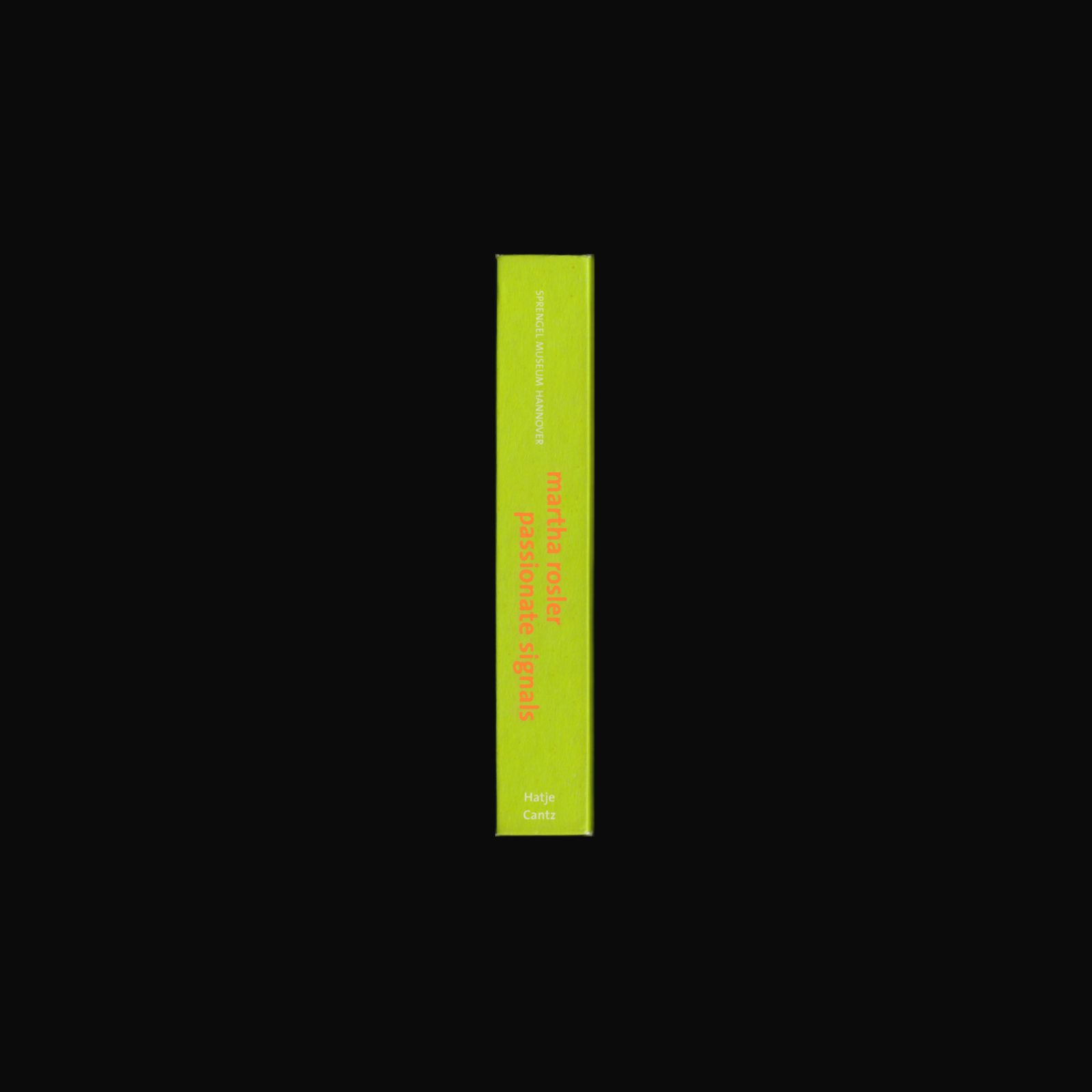
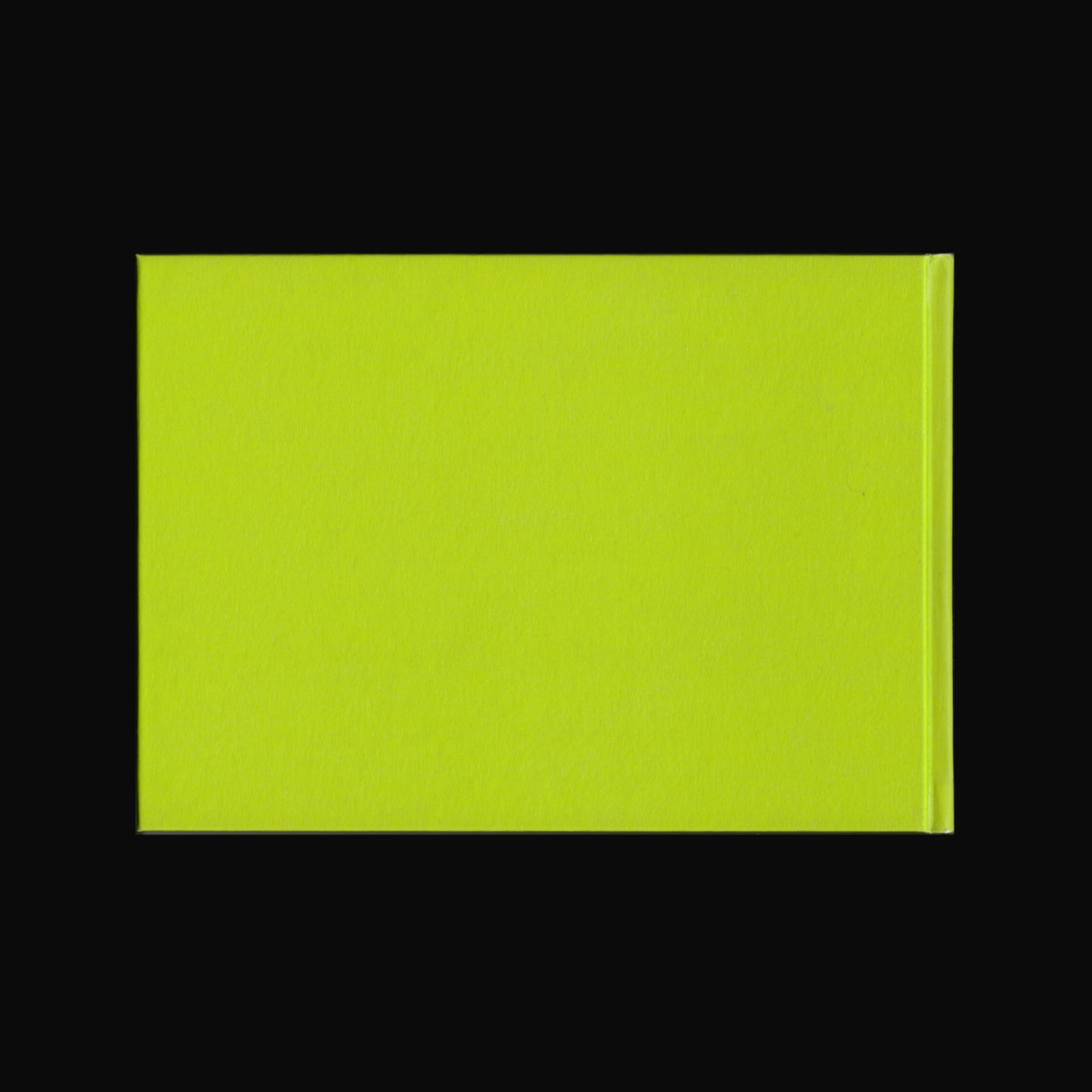
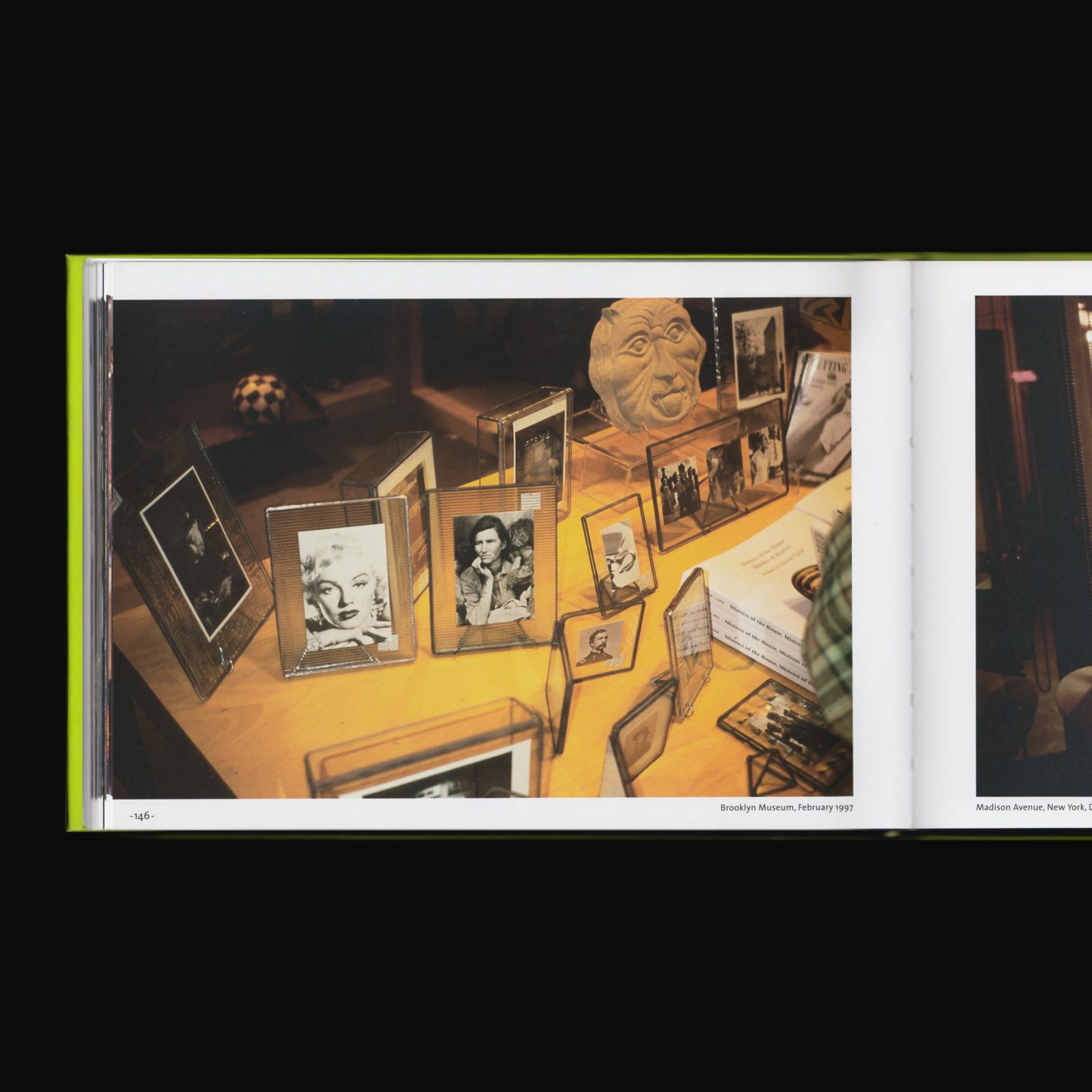
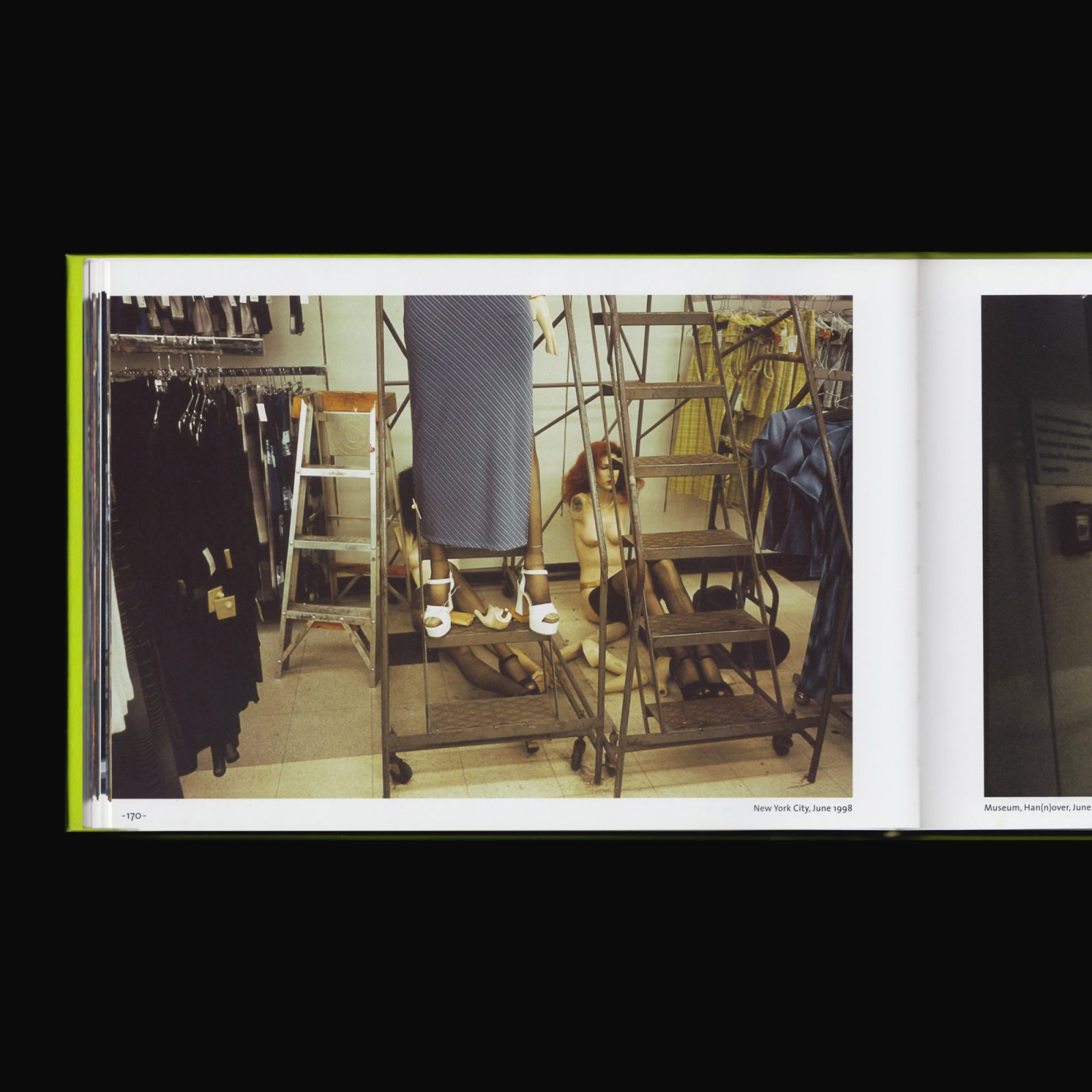

Most of the encounters that unfold in Martha Rosler’s works originate in seemingly ordinary everyday situations: scenes of domestic life or everyday activities such as shopping, watching the news, reading the newspaper, or traveling. The photographic series featured in this book – works from the eighties to the present—are also devoted to these themes. They are studies of the highways and byways of daily life, views of roads, subway tunnels, airports, shopping districts, parking lots, and the like. These photographic documents of Rosler’s also offer critical insights into day-to-day movements within rigidly structured relationships of power.